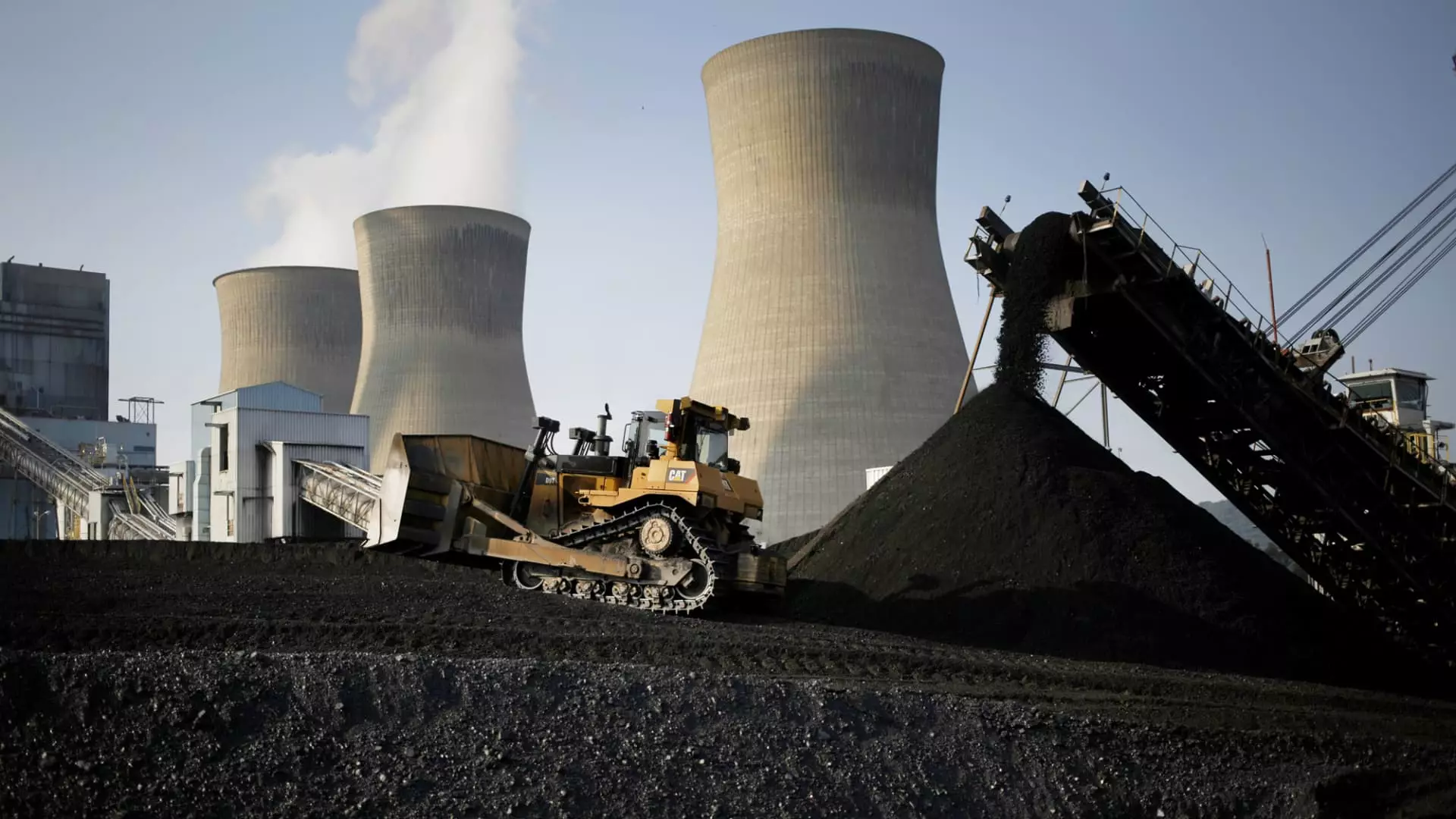The recent announcement regarding the potential restart of the Three Mile Island nuclear power plant has generated a renewed interest in nuclear energy in the United States. According to Mike Goff, the acting assistant secretary for the Office of Nuclear Energy at the Department of Energy, this move may signify an essential step in bolstering the nation’s nuclear capabilities. With an increasing demand for electricity and a pressing need to curb carbon emissions, a more expansive discussion on the future of nuclear power is imperative. However, it is critical to scrutinize Goff’s assertions regarding the expansion of the nuclear fleet and the viability of existing infrastructure to meet future demands.
As of 2023, the United States boasts the world’s most extensive nuclear fleet, consisting of 94 reactors that generate around 100 gigawatts of power. This impressive figure accounts for over 18% of the country’s electricity consumption. Nonetheless, merely maintaining the current infrastructure is insufficient. Goff emphasizes that the country could potentially require a tripling of its nuclear capacity—an ambitious target equating to the construction of around 200 additional plants, a remarkable undertaking that prompts questions about the practicality and feasibility of such an initiative.
While the finicky nature of energy markets may present obstacles, the technological advancements in reactors could help streamline future expansion efforts. However, the significant financial implications of constructing new reactors—as evidenced by the Vogtle plant’s staggering costs—serve as a reminder of the financial realities of nuclear energy projects.
In an age marked by digital transformation, data centers have emerged as colossal consumers of electricity. Goff argues that the startup of nuclear plants like Three Mile Island is not merely a relic of the past but a forward-looking solution to fulfill the energy needs of these power-hungry establishments. With companies such as Microsoft intending to draw electricity directly from the revamped plant, there is no denying the critical nexus between nuclear power and the technological infrastructure the modern economy relies upon.
However, it is essential to express caution. Just maintaining the existing fleet and facilitating returns of a few dormant reactors will not create the comprehensive energy framework necessary for the changing landscape. Data centers are projected to require significant baseload energy inputs that existing facilities simply cannot satisfy, suggesting that the solution isn’t just about restarting old plants but creating a new, scalable model that aligns with evolving demands.
One of Goff’s most intriguing points is the potential for coal sites—many of which are being phased out due to environmental regulations—to host new nuclear installations. This proposal offers a hopeful pathway: the infrastructure, workforce, and transmission lines are already in place for transitioning from coal to nuclear. While the idea of utilizing former coal sites for nuclear energy development appears logical, it raises questions about both community acceptance and the environmental impacts of such transitions.
Utilizing the locations of retired coal plants could indeed expedite nuclear development and supply a substantial increase in capacity, but it relies heavily on the local workforce’s adaptability and the willingness of communities to embrace nuclear energy. The societal implications of erasing historical ties to coal production loom large and merit thorough examination.
Despite Goff’s positive outlook, skepticism remains about the nuclear power sector, particularly surrounding cost overruns and public perception. The expansion of plant Vogtle stands as a cautionary tale; it underscored how delayed timelines and increasing expenses can cripple investor confidence and public support. If the Biden administration’s nuclear goals are to materialize, addressing public concerns and providing transparent cost structures will be essential.
Moreover, it is quintessential to comprehend that transitioning to nuclear power is not merely a technical hurdle but a societal challenge. The relevance of nuclear energy hinges on its acceptance as a reliable, safe, and clean alternative to fossil fuels. As public views on climate change evolve, how do policymakers translate potential advantages into societal endorsement?
While the impending revival of sites like Three Mile Island could pave the way to a revitalized nuclear sector, individual initiatives will only paint part of the picture. To achieve the ambitious targets outlined by Mike Goff and others, the United States must commit to a well-rounded energy strategy that combines existing resources, nurtures public support, and embraces innovative technologies.
Transitioning to a nuclear future is not just about economics; it’s about fostering a cultural shift concerning energy use and production. The strength of the nuclear lobby coupled with proactive governmental policies—if adeptly navigated—could lead to meaningful advancements in the energy landscape. However, complacency is not an option; a robust, proactive approach is vital if the U.S. aims to harness nuclear energy as a significant driver of its climate goals.

